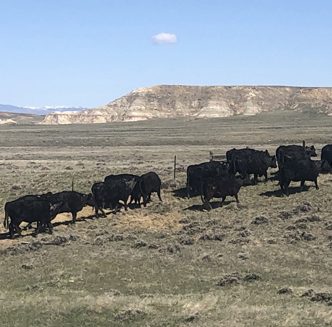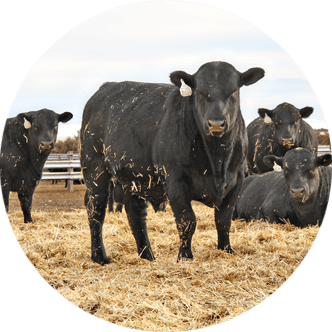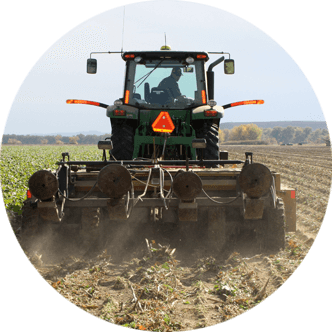Considerations for Soil Amendments in Wyoming Discussed
Depending on where one lives in Wyoming, their soil may allow them to grow barley, sugarbeets, alfalfa or possibly nothing at all.
Soils in Wyoming are made up of sand, silt and clay and can have a variety of characteristics. Typical characteristics include a pH above seven and as high as 8.5, either fast draining or heavy clay-like behavior, soil which falls into the calcareous soil category, as well as soils falling into the saline soil category, just to name a few.
Why is understanding our state’s soil and soil pH important?
Simply put, soil pH affects the availability of nutrients for plant uptake. Whether this is crops, flowers, a garden in the backyard or a new vineyard venture, soil pH matters.
For example, micronutrients in the soil – such as iron and zinc – become more available as pH decreases, but phosphorus and magnesium become less available.
In Wyoming, because we have such a high soil pH, iron and zinc micronutrients are often unavailable to plants.
Due to the drastic pH range, weather and landscape in Wyoming, people have begun turning to soil amendments to balance their soil pH. In addition to the previously stated reasons, to ensure plants are receiving the micronutrients needed, rather than adding additional micronutrients to the soil, soil amendments are also a cost-effective way to decrease Wyoming soil pH.
Soil testing
Before attempting to alter soil pH, it is best to gather a soil sample to see where soil is on the pH scale. Next steps would include discussing soil amendments with a local Extension agent.
To take an appropriate soil sample, the sample should be representative of the entire area tested, collected from the same depth and should have as much information as possible provided about the area being sampled for the testing lab.
Those unsure about how to sample soil should contact a local weed and pest office or county Extension office.
Adding soil amendments
Amendments used to change soil pH are most effective when applied in the spring or fall, meaning the soil temperature should be above 55 degrees Fahrenheit.
Amendments can be broken down into two categories – organic or inorganic.
Organic amendments simply mean they come from previously living matter such as compost, wood chips, manure, straw, corn husks and other substances which fall into this category.
Inorganic amendments include gypsum, coal byproducts, sulfur, coffee grounds and others. These are considered inorganic because they are minerals and/or did not originate from another previously living being or thing.
As previously discussed, since Wyoming soils typically have such a high pH, the name of the game is to lower the pH to the six to 7.5 range.
Common and low-cost amendments include elemental sulfur, a safe and inexpensive option which slowly oxidizes in the soil to create a sulfuric acid and can take three to six months for the soil pH to decrease after applying; organic matter including leaves, grass clippings, soybean meal and alfalfa pellets, to name a few; coffee grounds can help make soil more acidic and compost can neutralize alkaline soils and bring pH levels to a range ideal for plant nutrient uptake and organic mulch, which can help neutralize soil alkalinity and offset the deficiency of organic material in alkaline soils.
Soil amendments purchased at a store will typically have instructions included on the packaging. Those who would like to purchase soil amendments in bulk should discuss their plan with a local Extension agent.
When it comes to timing, the most effective way to change soil pH is to make changes pre-planting. Certain amendments such as sulfur are not water soluble and need to be incorporated into soil with a tiller, shovel, etc., to a depth of six to eight inches.
Please note, these changes are not instantaneous and take time – weeks to months.
If plants are already in the ground, individuals may still apply an amendment to the topsoil, rake the amendment evenly across the surface without damaging the plants and then water the area.
Don’t forget the water
Once individuals have figured out what soil amendments will work best for their location and budget, they need to remember soil needs water.
At the beginning of this article, I noted Wyoming’s soils tend to do one of two things – they have either fast draining or clay-like behavior, meaning they lose water quickly or water does not move through them as efficiently as we would like.
Adding additional amendments like gypsum can increase calcium in the soil. This calcium increase causes soil particles to stick together, improving water movement.
Makayla Getz is the University of Wyoming Extension educator for agriculture and natural resources serving Park County. She can be reached at mgetz@uwyo.edu or 307-527-8568.





